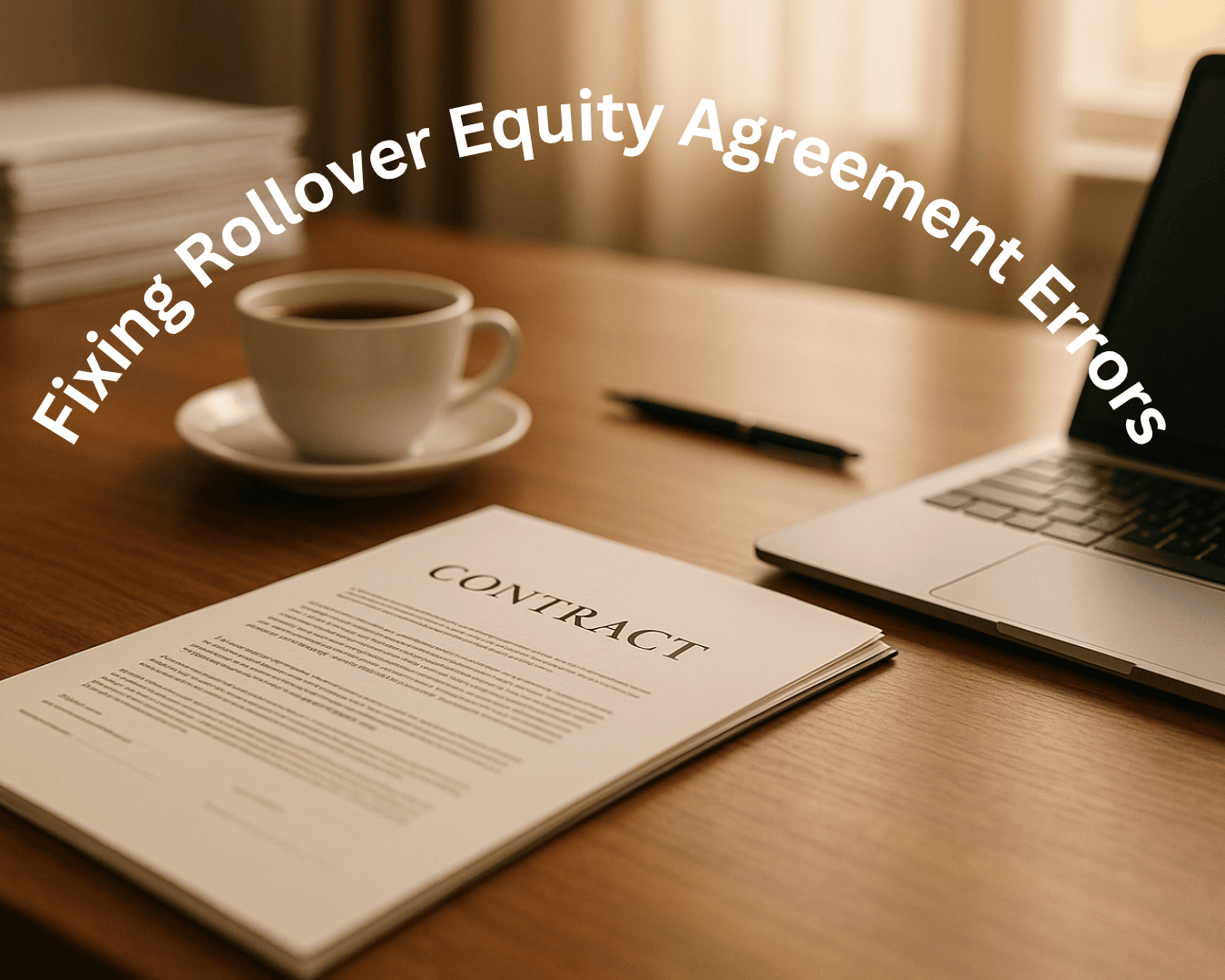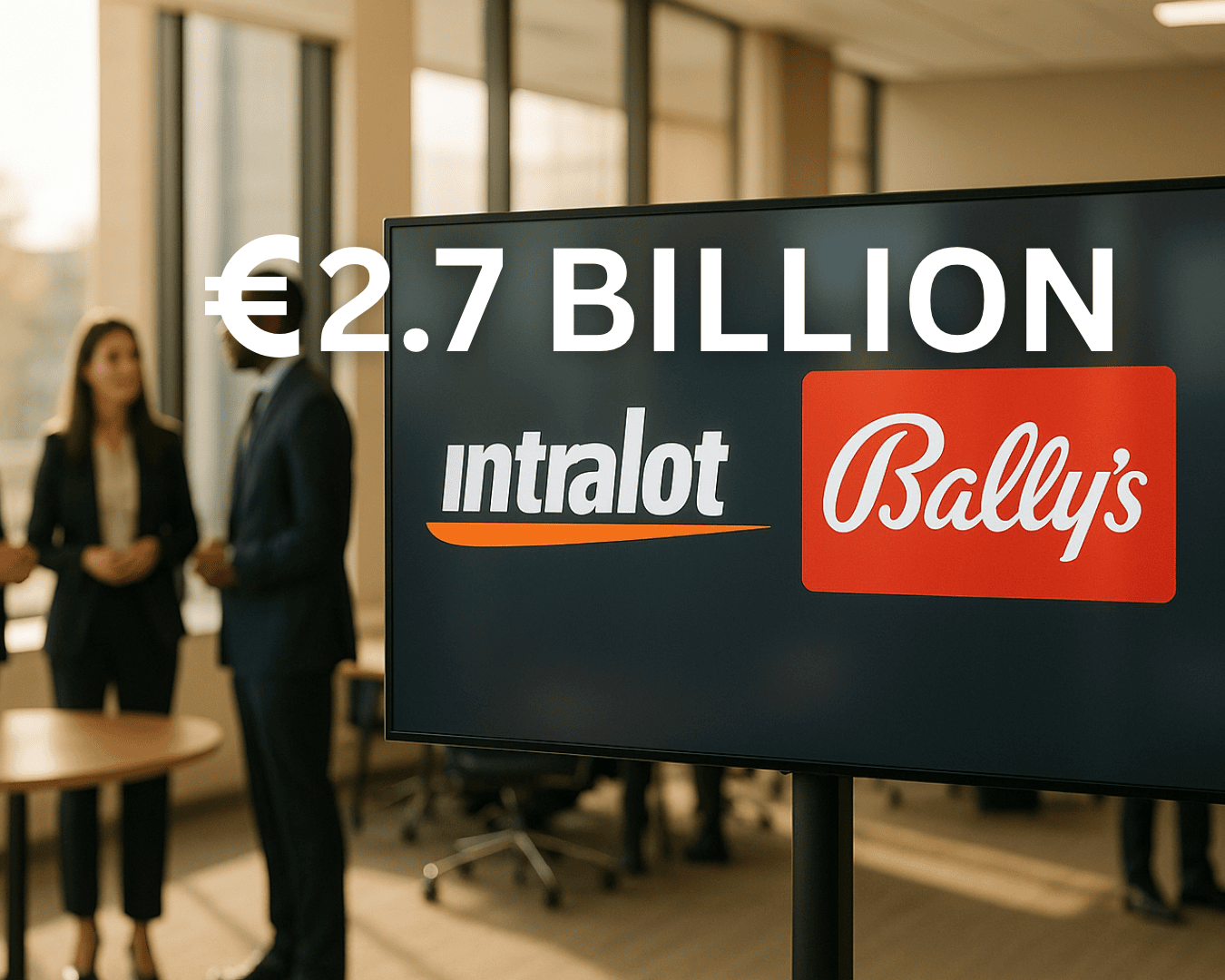When applying for an SBA loan to acquire a business, the process involves detailed documentation and specific requirements. SBA loans are popular for acquisitions due to their favorable terms, including loan amounts up to $5 million and down payments as low as 10%. However, the approval process is rigorous, with lenders focusing on factors like the buyer's experience, the target business's financial history, and liquidity. Here's what you need to know:
- Ownership Documentation: Includes incorporation records, partnership agreements, and updated bylaws post-transaction.
- Equity Injection: Typically 10% of the total cost is required, but exceptions exist based on the business's financial health and transaction type.
- Seller Financing: Often used to meet equity injection requirements but must adhere to strict conditions, such as being on full standby for the loan term.
- Additional Requirements: Business purchase agreements, formal valuations, and detailed transition plans are crucial.
Recent updates to SBA regulations, like the SOP 50 10 8, have introduced stricter verification processes, making early preparation essential. Partnering with SBA-approved lenders and using tools like Clearly Acquired can simplify the process. While the documentation demands are high, the long-term benefits of SBA acquisition loans, such as low down payments and extended repayment terms, often outweigh the challenges.
Streamlining the SBA Process for Business Acquisitions
1. SBA Loans for Business Acquisitions
Using SBA loans to acquire a business comes with its own set of challenges. Unlike a standard loan, you're not just borrowing money - you’re stepping into ownership of an existing business. This means additional regulatory scrutiny and risk assessments are part of the process.
Let’s break down the key documentation and requirements to help you navigate this journey.
Ownership Documentation
One of the most important steps in securing an SBA loan for a business acquisition is proving the legitimacy of the ownership transfer. Lenders must ensure the transaction aligns with SBA regulations, so you’ll need to gather specific documents like incorporation records and business licenses for both the buying and target businesses.
The required documentation varies depending on the type of transaction:
- Complete Buyouts: You’ll need original articles of incorporation, current bylaws, and any amendments.
- Partner Buyouts: Bring existing partnership agreements and proof of current ownership percentages.
- Partial Buy-Ins: Tailor documentation to reflect the proportion of ownership being acquired.
Additionally, bylaws or operating agreements should be updated to reflect the new ownership structure after the transaction.
Equity Injection Requirements
SBA loans for acquisitions typically require a minimum equity injection of 10% of the total project cost. However, there are exceptions that can reduce or even eliminate this requirement. For example:
- If the acquired business maintains a debt-to-worth ratio of 9:1 or better in a partial change of control, no equity injection is needed.
- When an existing business acquires another within the same 6-digit NAICS code and geographic area, the SBA classifies it as an expansion, waiving the equity injection requirement.
- For ownership changes among current owners, the post-transaction equity position must equal at least 10% of the total assets.
These exceptions can provide flexibility, but meeting the standard 10% injection is often the simplest path forward.
Seller Financing Agreements
Seller financing is another key piece of the puzzle and can play a significant role in meeting SBA documentation requirements.
In many SBA acquisition deals, seller financing is used as part of the buyer’s equity injection strategy. The SBA encourages this approach, and lenders often require buyers to include a seller note in the transaction. However, for a seller’s promissory note to count toward the 10% equity injection, it must meet strict conditions:
- The note must be on full standby for the entire loan term, meaning the seller cannot receive payments while the SBA loan is active.
- It cannot exceed 50% of the required equity injection.
- The seller must sign a Standby Agreement (SBA Form 155), ensuring the note is subordinate to the SBA loan.
While seller financing can help fill gaps in funding, it usually covers only a small portion of the purchase price. Additionally, it may impact the debt-service coverage ratio, so in some cases, increasing the SBA loan amount might be a better option.
Platforms like Clearly Acquired can simplify this process by offering tools to manage documentation and connect buyers with experienced SBA lenders. These resources can help ensure your acquisition meets all SBA standards efficiently and effectively.
2. SBA Loans for Other Use Cases
When it comes to SBA loans for purposes other than acquisitions - like starting a new business, expanding operations, or securing working capital - the paperwork is far less complicated. Unlike acquisition loans, which involve intricate transfer documents, non-acquisition loans focus on existing business structures. This means the documentation process is simpler and more straightforward, though it still requires careful attention to detail.
Ownership Documentation
For non-acquisition SBA loans, proving ownership is much simpler. Instead of dealing with the complexities of transferring ownership, you primarily need to confirm your business's current structure and demonstrate your management capabilities. The exact documents required can vary depending on the loan amount and the lender's specific guidelines.
Equity Injection Requirements
Equity injection rules for non-acquisition SBA loans are also easier to navigate. For start-ups, the SBA typically requires an equity injection of at least 10% of the total project cost. This applies whether you're launching a new restaurant, opening a retail store, or starting a manufacturing business. Similarly, if you're running an existing business and need funds for expansion, the same 10% equity injection rule generally applies. This consistency makes it easier to plan your financing strategy.
sbb-itb-a3ef7c1
Advantages and Disadvantages
When it comes to SBA acquisition loans, the benefits can be enticing, but they come with their own set of challenges. Compared to SBA loans for working capital or equipment purchases, acquisition loans often provide more appealing financing terms but require significantly more documentation and preparation.
One of the biggest perks of using SBA loans for acquisitions is the low down payment requirement. Typically, you only need to put down 10% of the purchase price. For instance, if you're purchasing a business for $500,000, your upfront cost might be just $50,000. This makes it possible for buyers without large cash reserves - but with strong management experience - to pursue business ownership.
However, this advantage comes with added complexity. Acquisition loans demand extensive documentation, including three years of the seller’s financial statements, formal business valuations, and detailed transition plans. This can slow down the closing process significantly.
The approval process is also more rigorous for acquisitions. Lenders often require borrowers to demonstrate substantial management experience and industry knowledge to qualify. As a result, SBA loan approval rates for acquisitions tend to be lower than for other uses due to the increased documentation and scrutiny involved.
Here’s a quick look at how documentation requirements differ among various SBA loan types:
| Documentation Requirement | Acquisitions | Working Capital | Equipment Purchase | Expansion |
|---|---|---|---|---|
| Business Purchase Agreement | ✓ | – | – | – |
| Business Valuation | ✓ | – | – | – |
| Seller's Financial Statements | ✓ | – | – | – |
| Personal Financial Statement | ✓ | ✓ | ✓ | ✓ |
| Business Plan | ✓ | ✓ | ✓ | ✓ |
| Tax Returns (Borrower/Business) | ✓ | ✓ | ✓ | ✓ |
| Proof of Equity Injection | ✓ | – | – | – |
| Transition/Management Plan | ✓ | – | – | – |
| Equipment List/Quotes | – | – | ✓ | – |
Another factor to keep in mind is personal liability. For acquisition loans, anyone who will own 20% or more of the business post-purchase must provide an unlimited guarantee. While this is standard for all SBA loans, the risk feels higher when you're taking over a new business and its operations.
On the plus side, SBA loans offer flexibility in structuring deals. Whether you're pursuing a full buyout, a partner buyout, or a partial ownership change, the loan can be tailored to fit your needs. In some cases - like partner buyouts - if the existing owner has been actively involved for at least 24 months, you might even be able to complete the transaction with no money down.
That said, acquisition loans require much more due diligence than other SBA loans. Unlike a working capital loan, which focuses on your current business's financials, an acquisition loan requires a deep dive into the target business’s performance and your ability to manage the transition. This added complexity often leads to higher legal and accounting costs.
Despite these hurdles, the long-term benefits of SBA acquisition loans can outweigh the challenges. They often come with longer repayment terms and can be paired with other financing options, like lines of credit or real estate loans, to support both the transition and future growth of the business.
Understanding these trade-offs is essential as we move forward to explore ways to simplify the documentation process in the next section.
How to Simplify SBA Loan Documentation for Acquisitions
When managing SBA acquisition loan documentation, preparation and organization are your best allies. Start by creating a detailed checklist that includes key acquisition documents like business purchase agreements, formal valuations, three years of the seller's financial records, and a clear transition plan. Having these ready from the outset can prevent unnecessary delays and keep the process on track.
Partnering with an SBA-approved lender who specializes in acquisitions can make the process smoother. These lenders are well-versed in the specific documentation required and can help you navigate common issues, such as valuation disagreements between buyers and sellers, which often slow things down. Their expertise ensures you’re better prepared for the application process.
It’s also wise to bring a certified public accountant (CPA) on board early. A CPA can assist with structuring your loan package and identifying financial risks in the target business. Addressing these issues upfront can save you both time and money during underwriting.
For a more streamlined experience, platforms like Clearly Acquired provide AI-driven tools to simplify acquisition and financing. Their services cover everything from deal sourcing to document management and SBA loan brokerage, guiding buyers through every step - from discovery to closing.
Address credit and collateral concerns early in the process. Pay off outstanding debts, ensure your bills are current, and fix errors on your credit report well in advance. For loans under $50,000, collateral requirements are often waived, which can further simplify documentation.
The business valuation process is another critical area to focus on. Valuation discrepancies are a common cause of delays, so consider hiring an independent professional appraiser instead of relying solely on the seller's valuation. This demonstrates thorough due diligence and can help avoid drawn-out negotiations during underwriting.
Transparency is key throughout the application process. Be upfront about your plans for employee and customer retention, as lenders want assurance that you’ve considered how to maintain business continuity post-acquisition. Clearly outlining your industry experience and management background can also strengthen your case for loan approval.
Be prepared for the additional due diligence that comes with acquisition loans. This involves a deep dive into both your financial standing and the target business's financial health, which may require higher legal and accounting costs due to the complexity of these transactions.
SBA acquisition loans come with appealing benefits, such as repayment terms of up to 25 years. By taking a systematic approach to gathering and organizing the required documentation, you can help ensure the acquisition process runs smoothly and efficiently.
Conclusion
Acquisition loans come with unique requirements, such as Letters of Intent and Purchase Agreements, which go beyond the standard SBA loan focus on creditworthiness and business plans. These evolving requirements have tightened lender verification processes and reshaped financing structures.
The SBA's rollout of SOP 50 10 8 on June 1, 2025, introduced stricter verification measures. These include mandatory IRS tax transcript checks and detailed ownership documentation covering at least 81% of both direct and indirect business ownership. As a result, 41% of business brokers have reported transaction delays, with average closing times increasing by 30 days year-over-year. Additionally, the updated regulations have reinstated the personal resources test, requiring lenders to assess whether business owners have sufficient liquid assets to potentially replace loan funding, factoring in retirement, education, and medical savings. Seller financing and flexible deal structures, once used to reduce upfront costs, have also become more restricted under these changes.
Given these new complexities, utilizing technology and expert advice has become critical for navigating SBA acquisition loans effectively. Acquisition expert Rich Jackim from Jackim Woods & Co. offers valuable advice:
"To improve your chances of winning the deal, get your financing in order before you start your search, so when you find a great business you can include proof that you have the financing lined up to close a deal. This immediately proves to a seller that you are serious, qualified, and have a high probability of closing, which in turn increases your negotiating leverage."
Platforms like Clearly Acquired are addressing these challenges by offering AI-powered tools for deal sourcing, document management, and SBA loan brokerage services - all in one place. Their comprehensive approach simplifies the documentation process and connects buyers with SBA-approved lenders who specialize in acquisition financing.
Early preparation is key. Partnering with SBA-approved lenders, experienced CPAs, and acquisition specialists can help buyers meet the enhanced documentation requirements and avoid delays. With the right professional guidance and technological tools, buyers can navigate these challenges and secure favorable outcomes.
FAQs
What can I do to make the SBA loan application process smoother when buying a business?
To make your SBA loan application for a business acquisition as smooth as possible, start by ensuring you meet the SBA eligibility requirements. These typically include operating as a for-profit business within the U.S. and meeting the SBA's size standards.
Next, gather the essential documents. You'll need the past three years of tax returns, profit and loss statements, balance sheets, debt schedules, and a signed letter of intent to purchase the business. A well-prepared business plan that outlines your strategy and demonstrates solid financials can significantly improve your odds of getting approved.
Lastly, connect with an experienced lender early in the process. They can guide you through specific requirements and help you stay organized, making the approval process much smoother.
How do the latest SBA regulation updates affect seller financing for business acquisitions?
Recent updates to SBA regulations, specifically SOP 50 10 8, set to take effect on June 1, 2025, have tightened the rules around seller financing in business acquisitions. According to the new guidelines, seller financing is now limited to 50% of the required equity. Additionally, it must include a full standby period for the entire loan term, which can stretch up to 10 years. In simple terms, sellers will have to wait longer before receiving any payments.
These changes significantly reduce the flexibility that seller financing previously offered, making it harder for buyers to structure deals in a way that works for all parties. If you're planning to purchase a business, it's crucial to account for these new rules in your financing strategy to ensure everything aligns with the regulations and to avoid unnecessary delays.
What does a CPA do to help prepare documents for an SBA loan when buying a business?
A certified public accountant (CPA) is essential when preparing documentation for an SBA loan to acquire a business. They ensure financial statements are accurate, organize critical legal and financial documents, and address any lender concerns that could impact your approval chances.
Beyond just paperwork, CPAs offer guidance on structuring the transaction, spotting potential financial issues, and making sure everything aligns with SBA requirements. Their expertise not only simplifies the loan process but also saves you time and eases the stress, giving you a better shot at securing the funding you need.








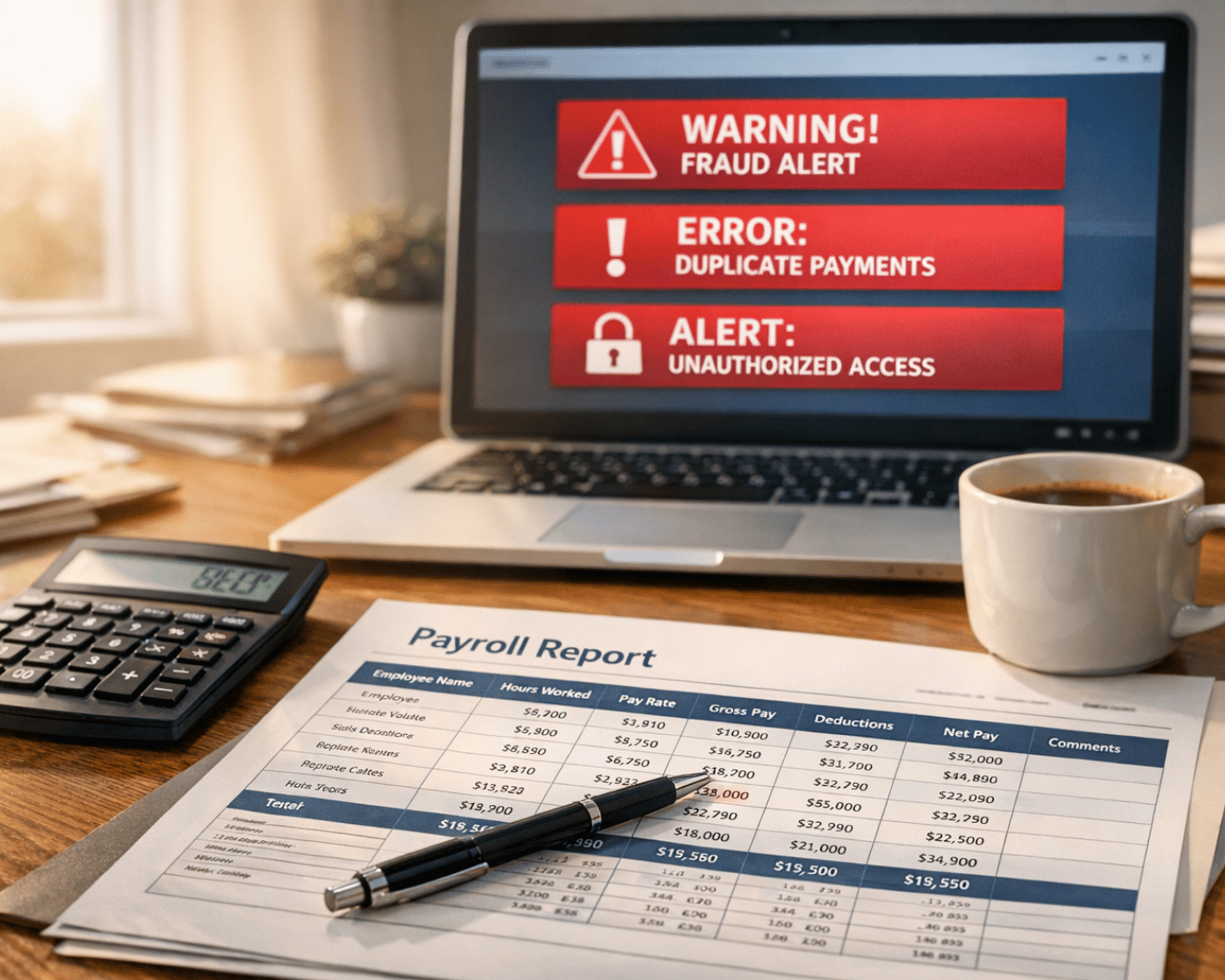






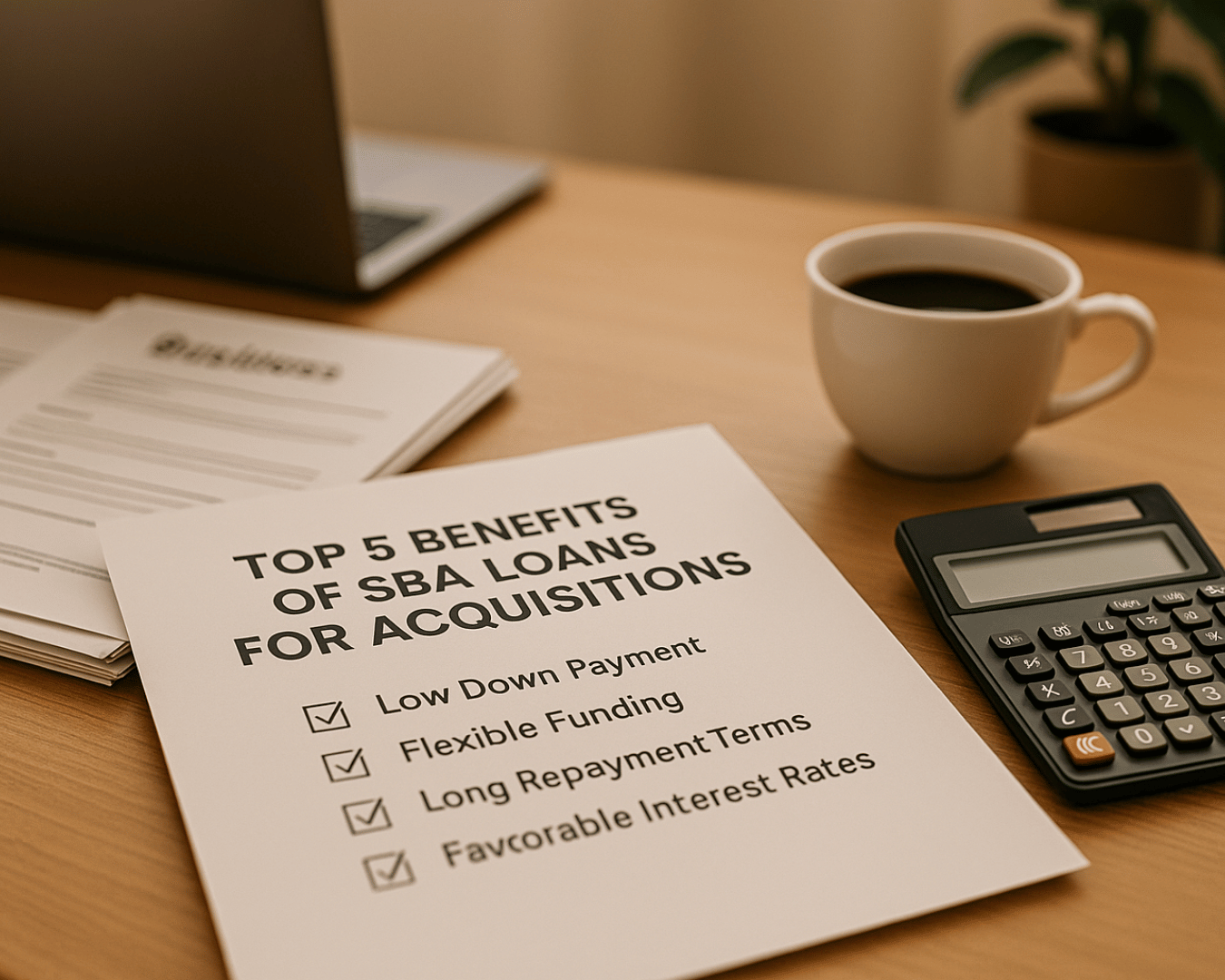

.png)
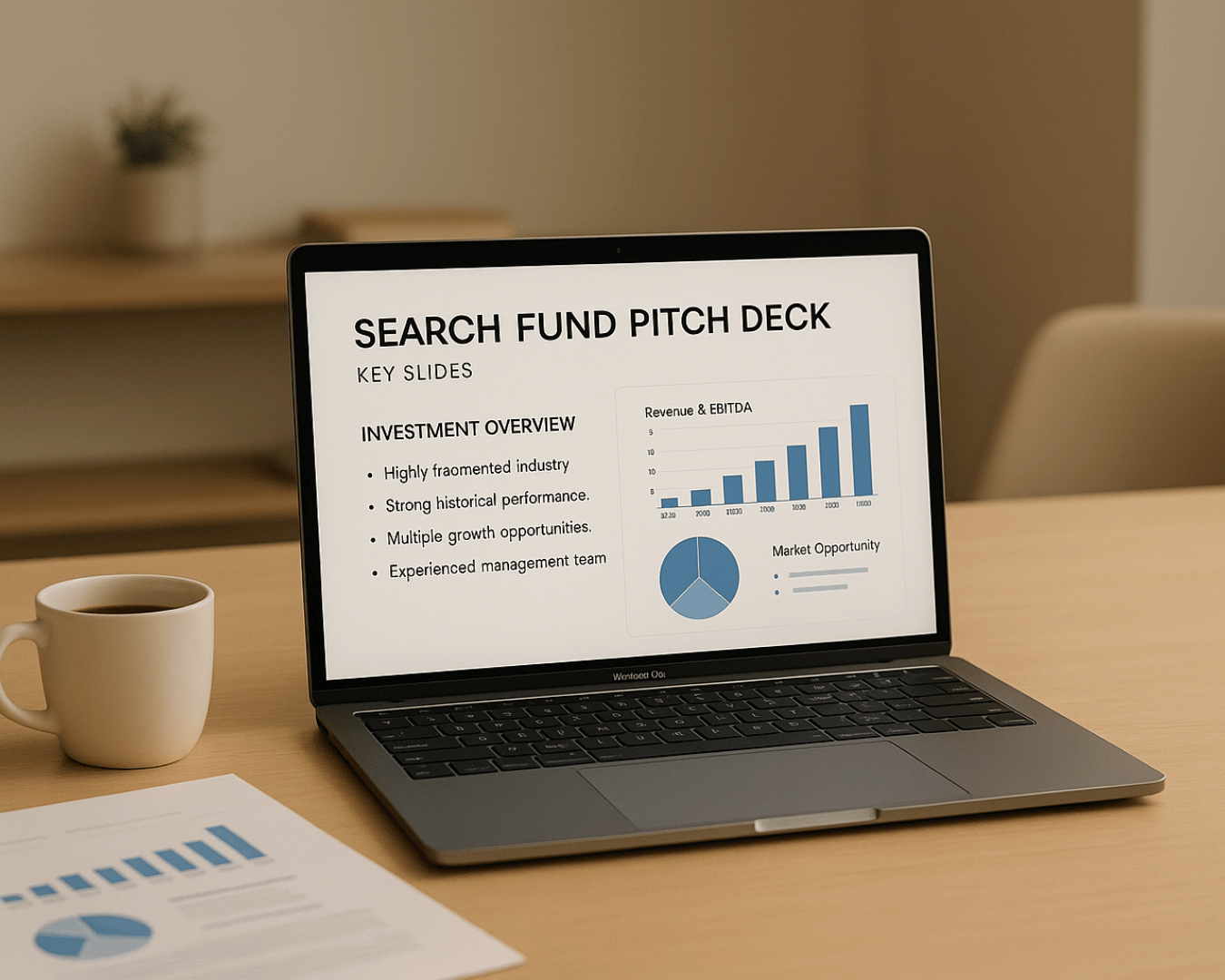
















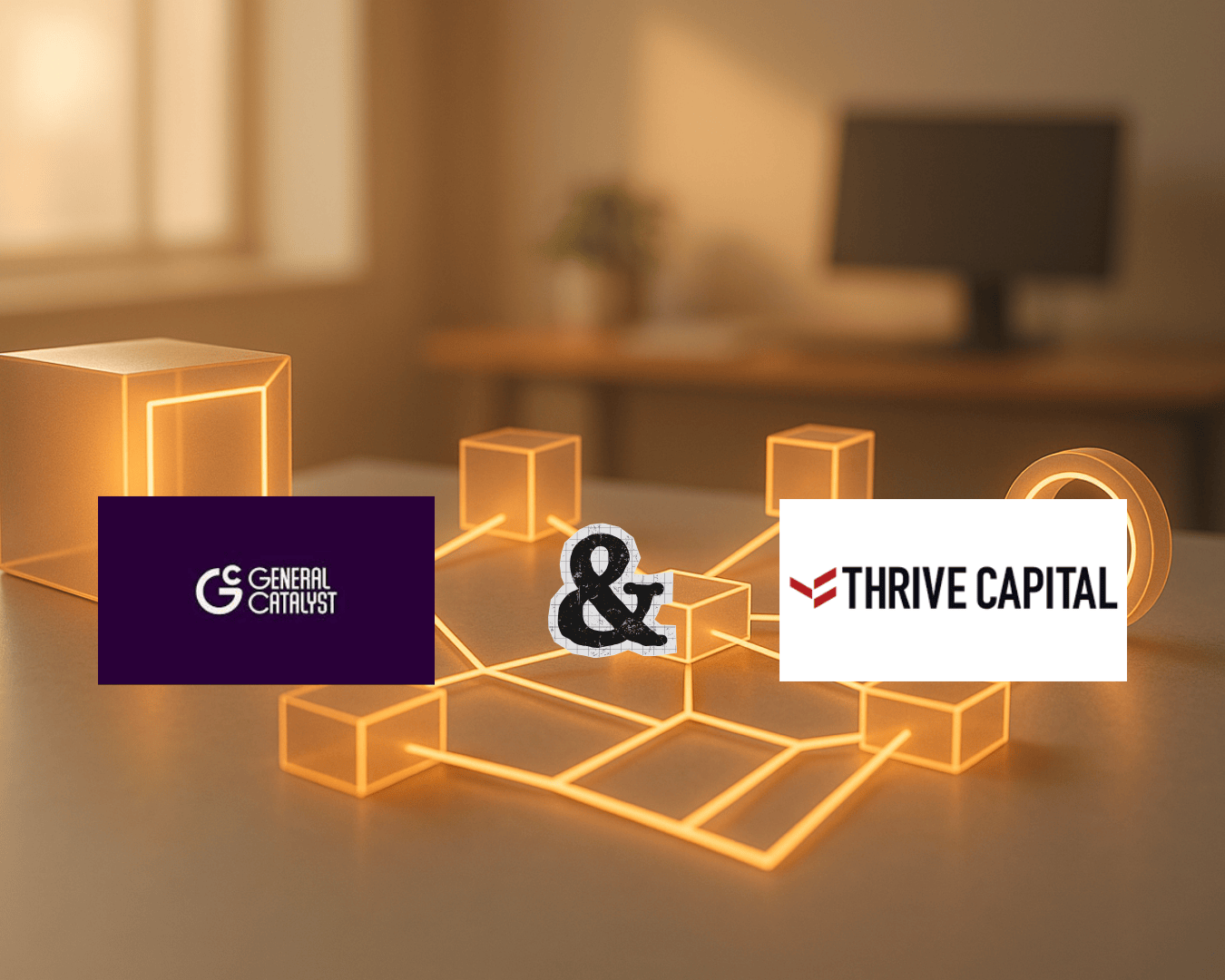






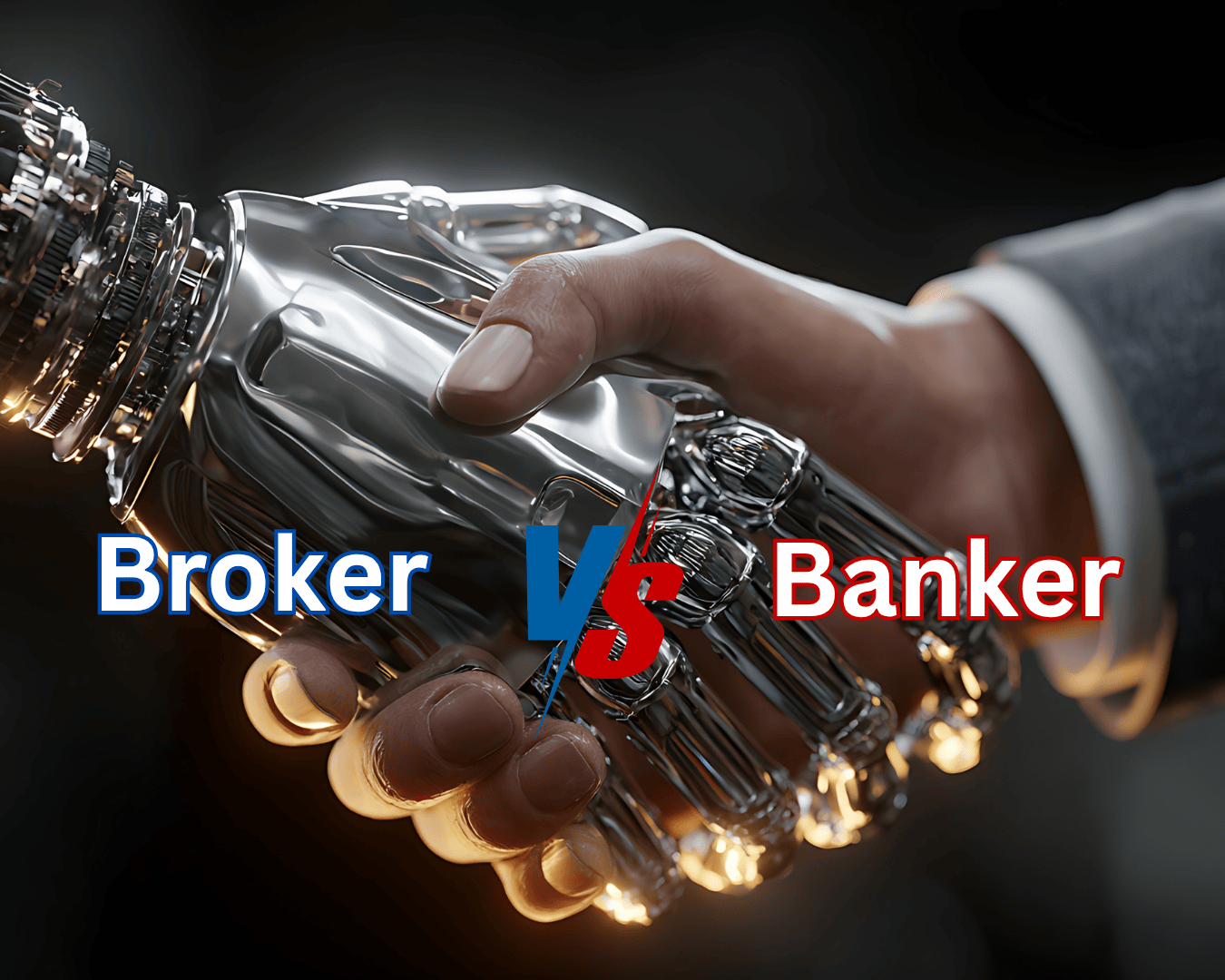
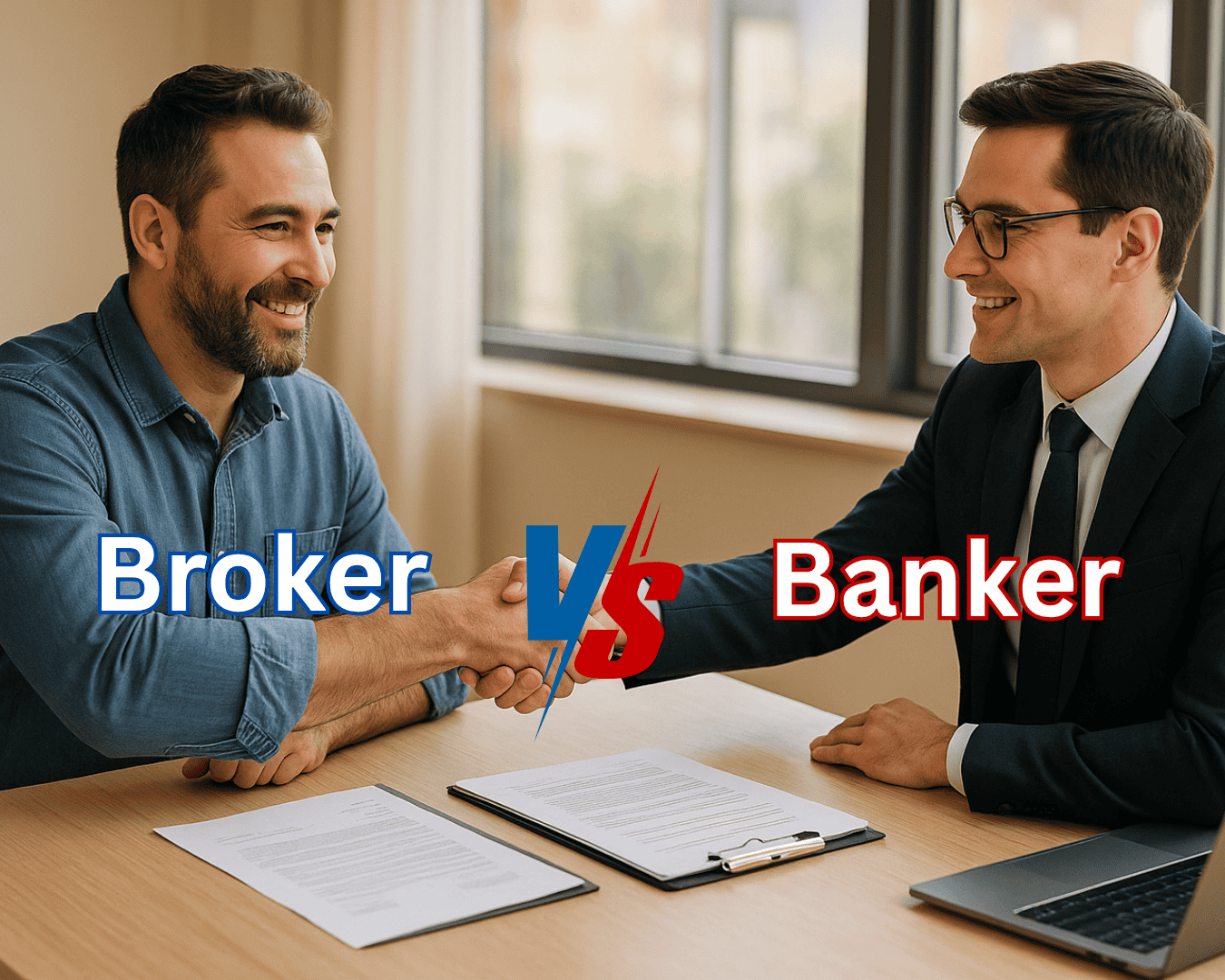



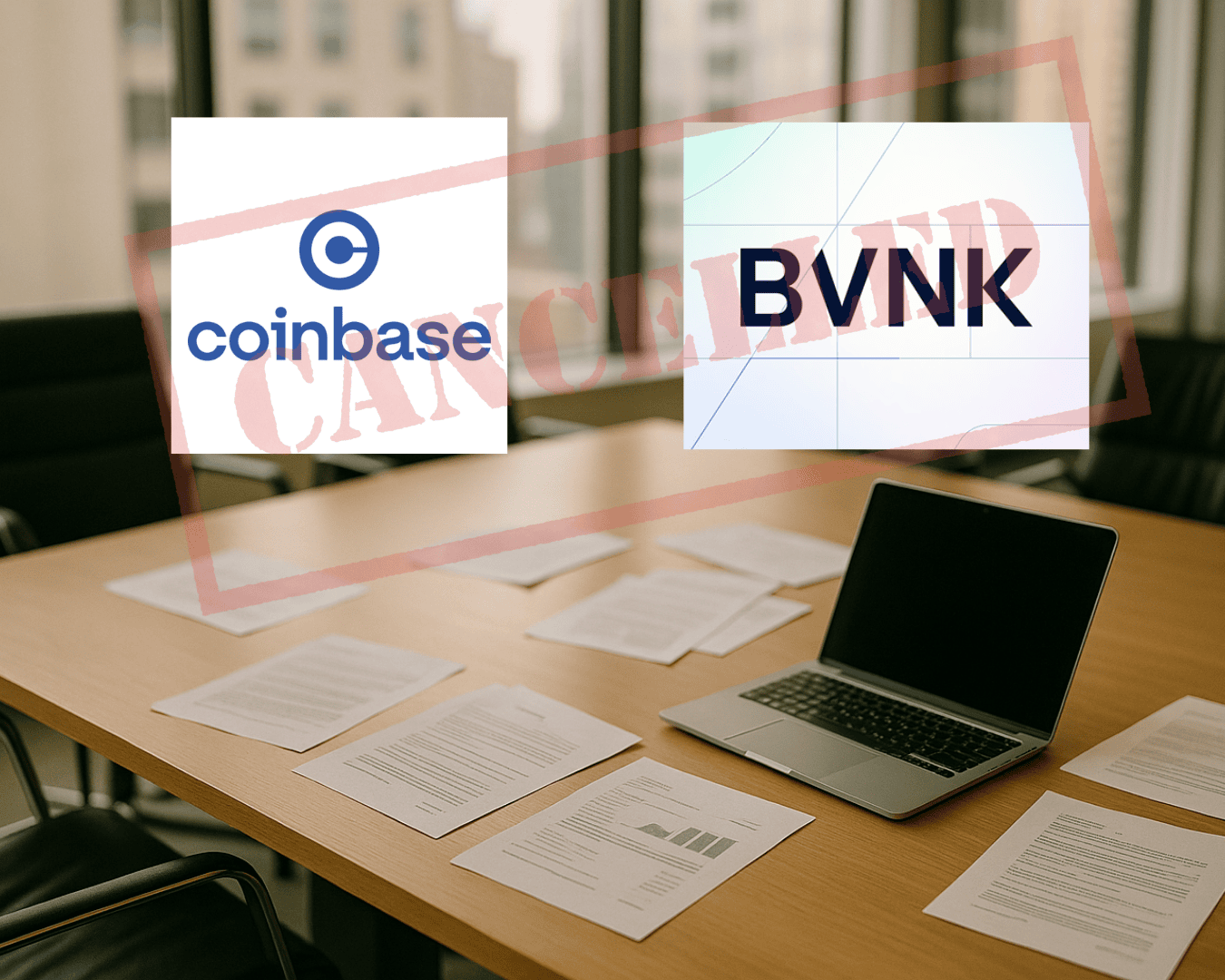









.png)

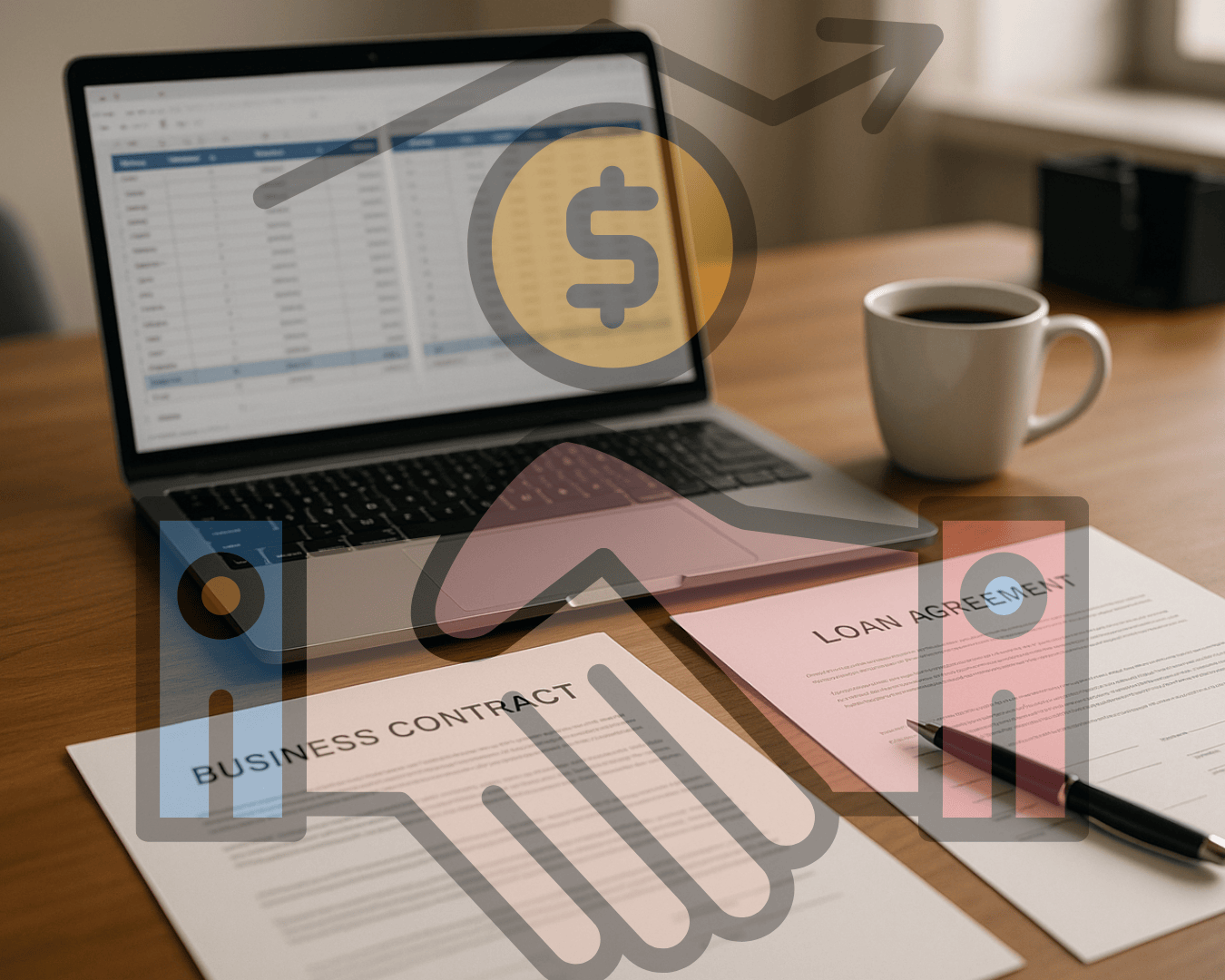








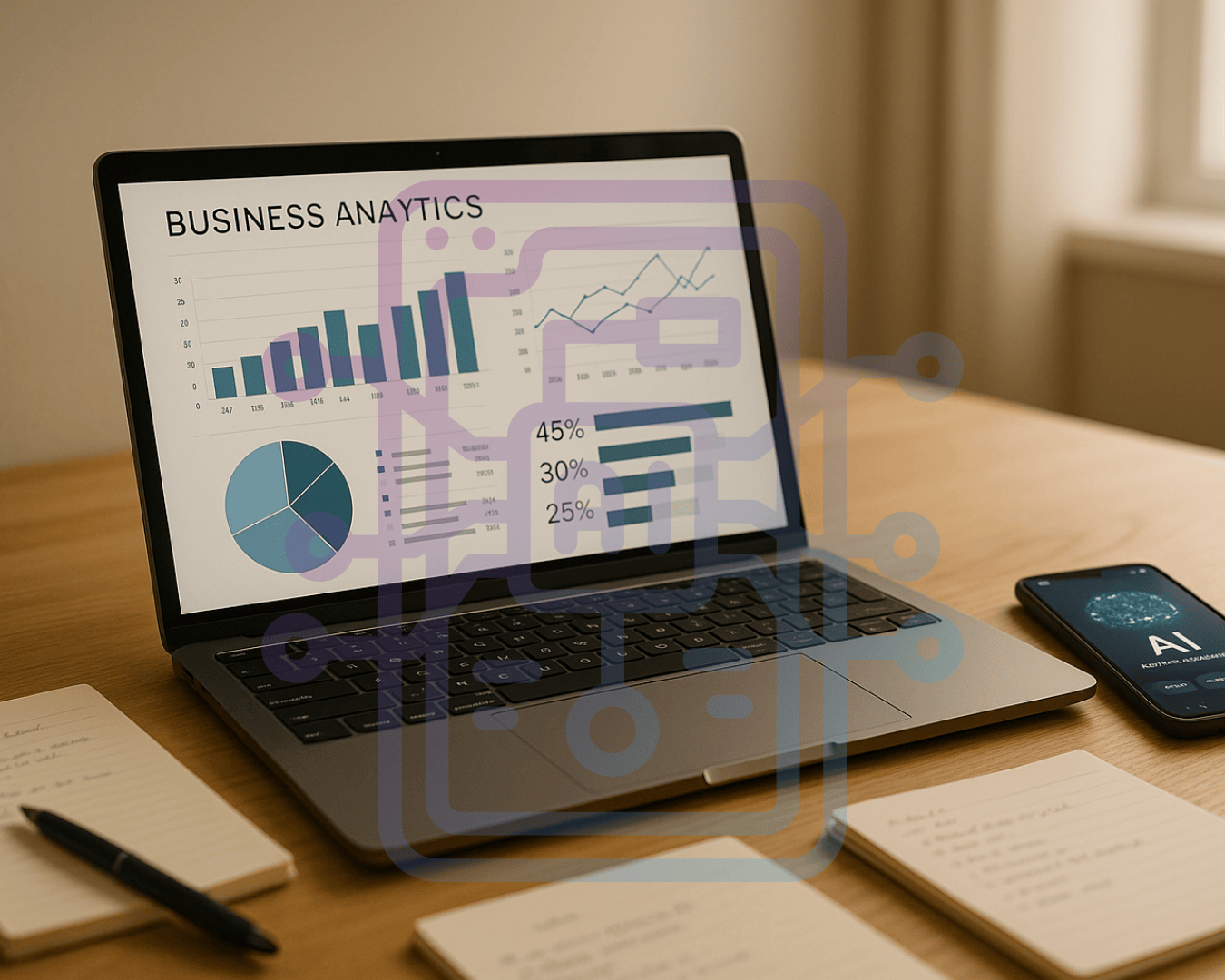






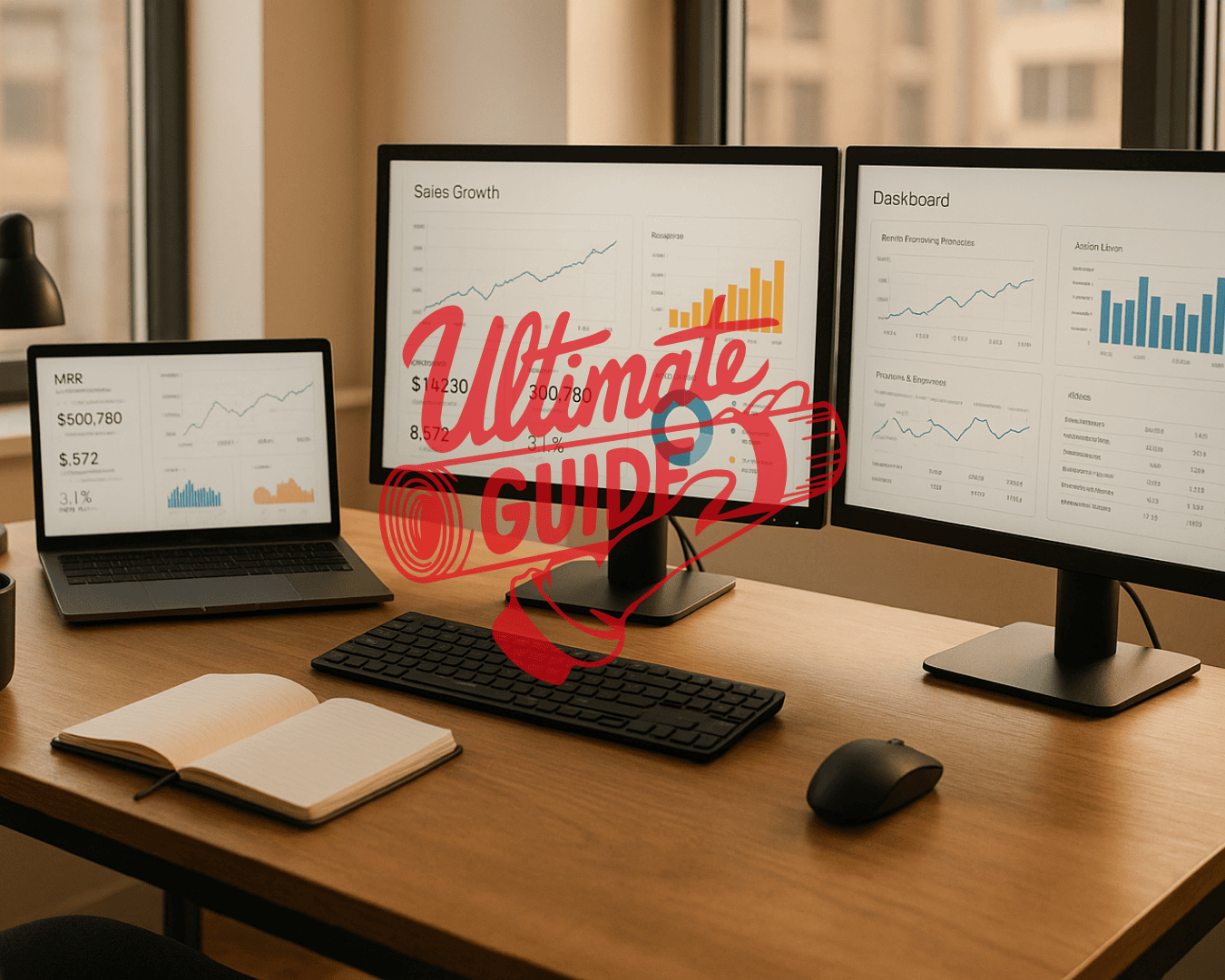



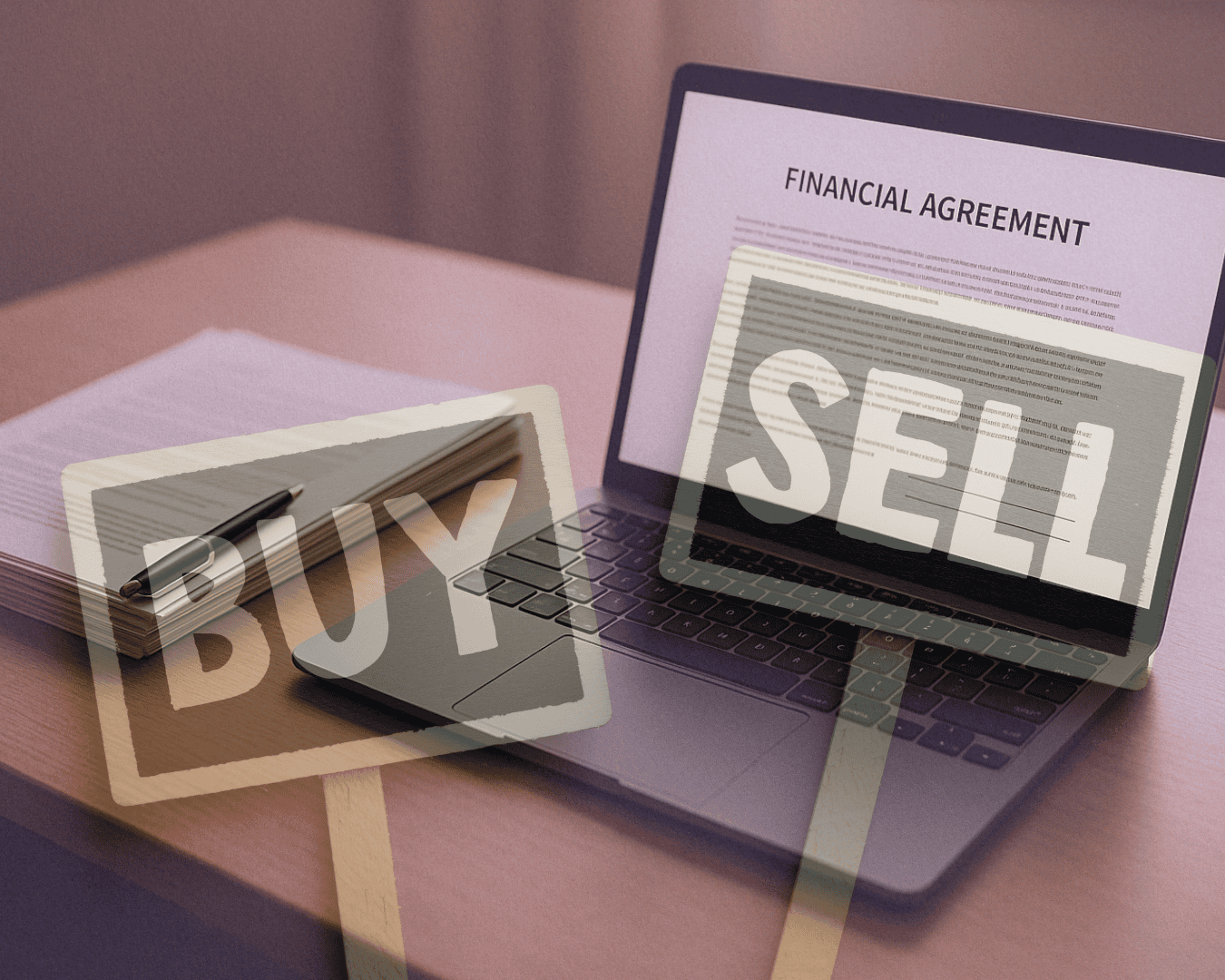
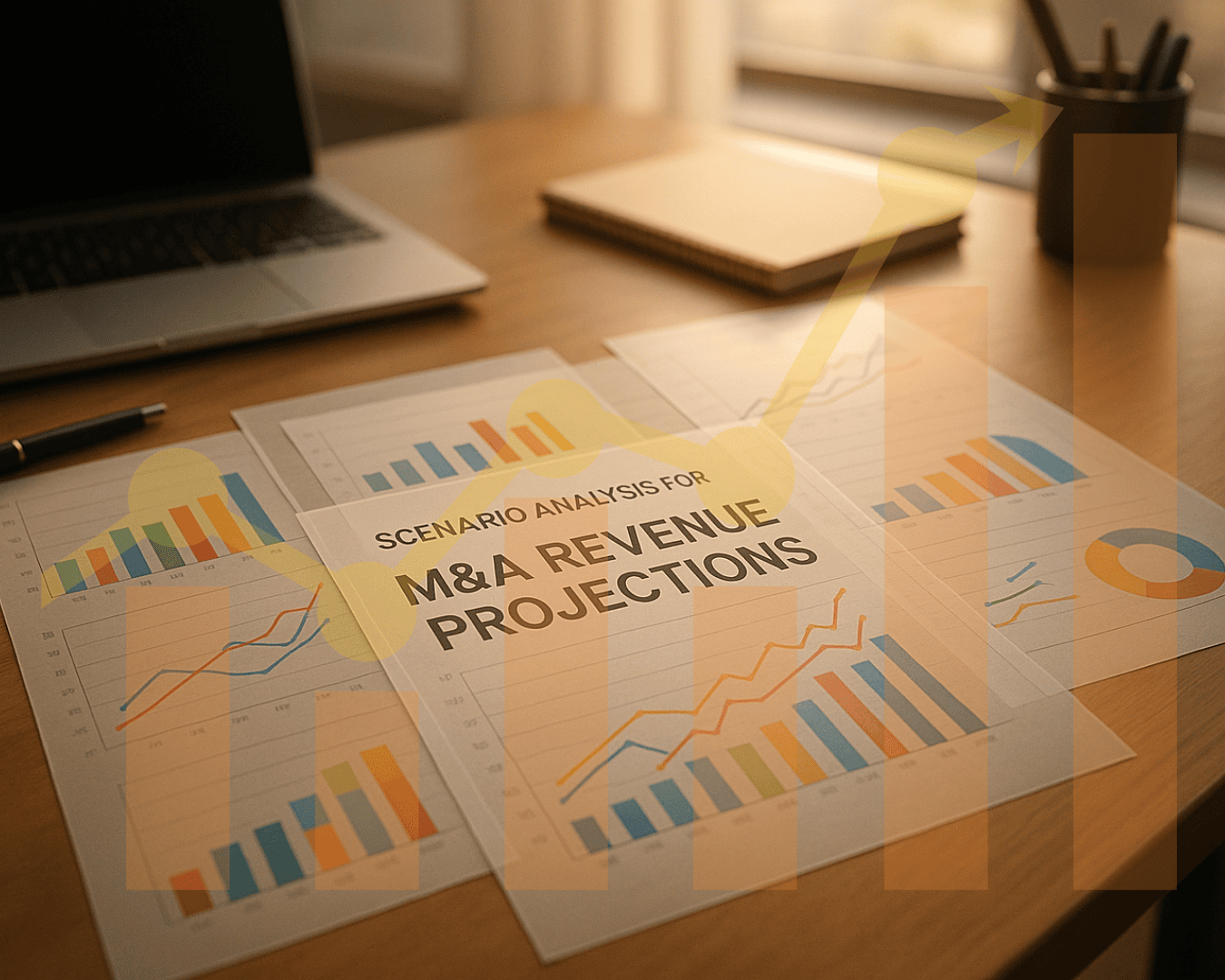





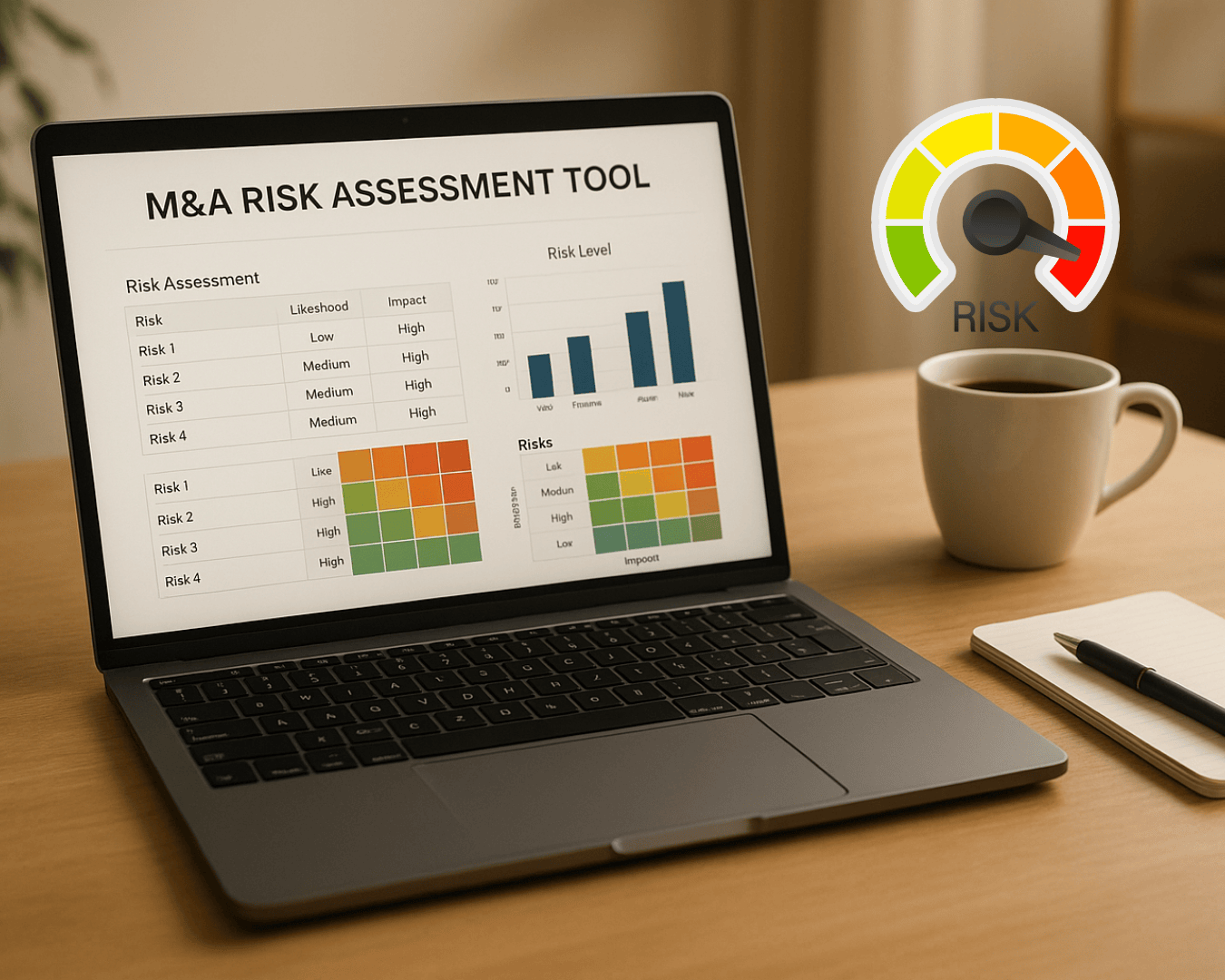

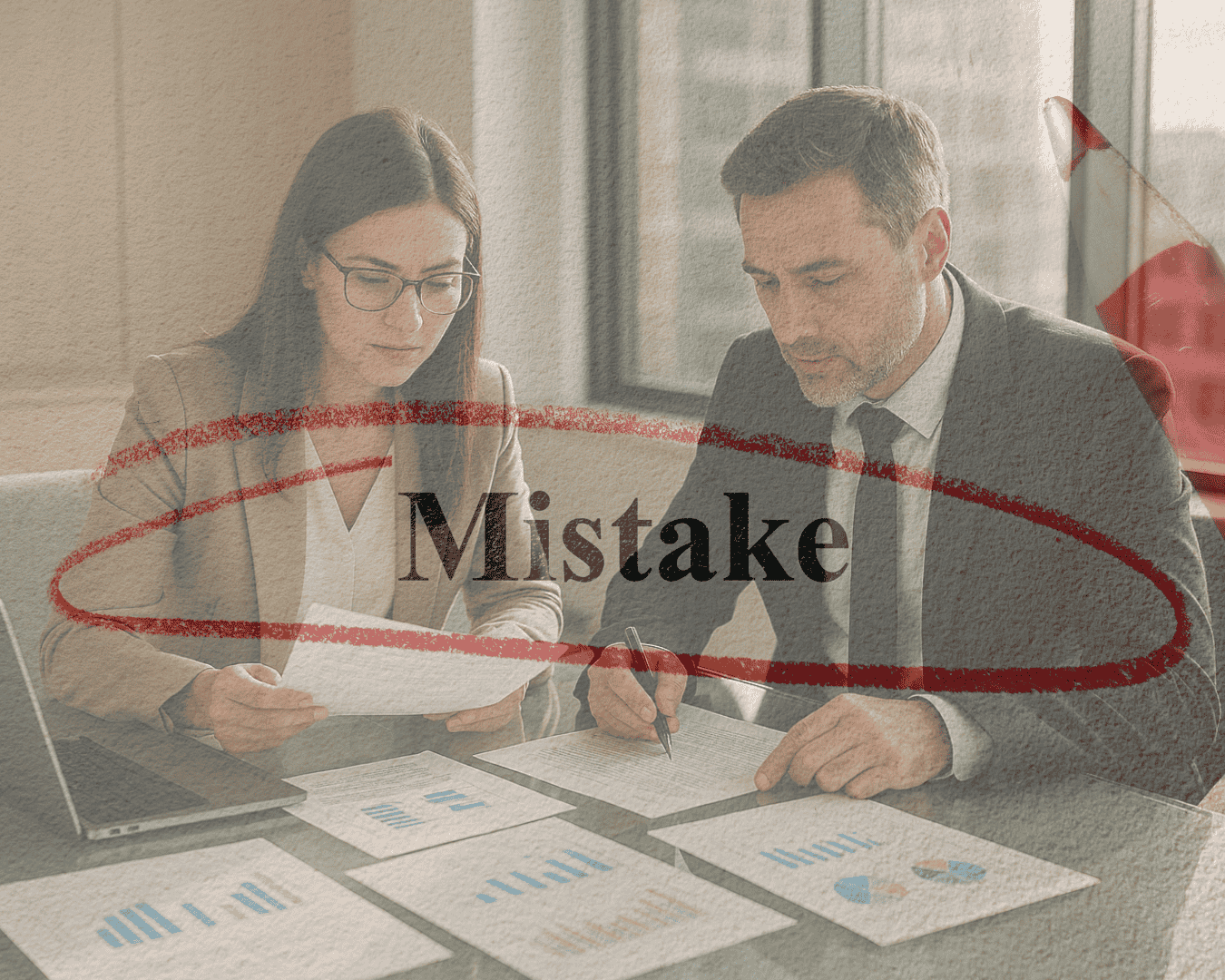
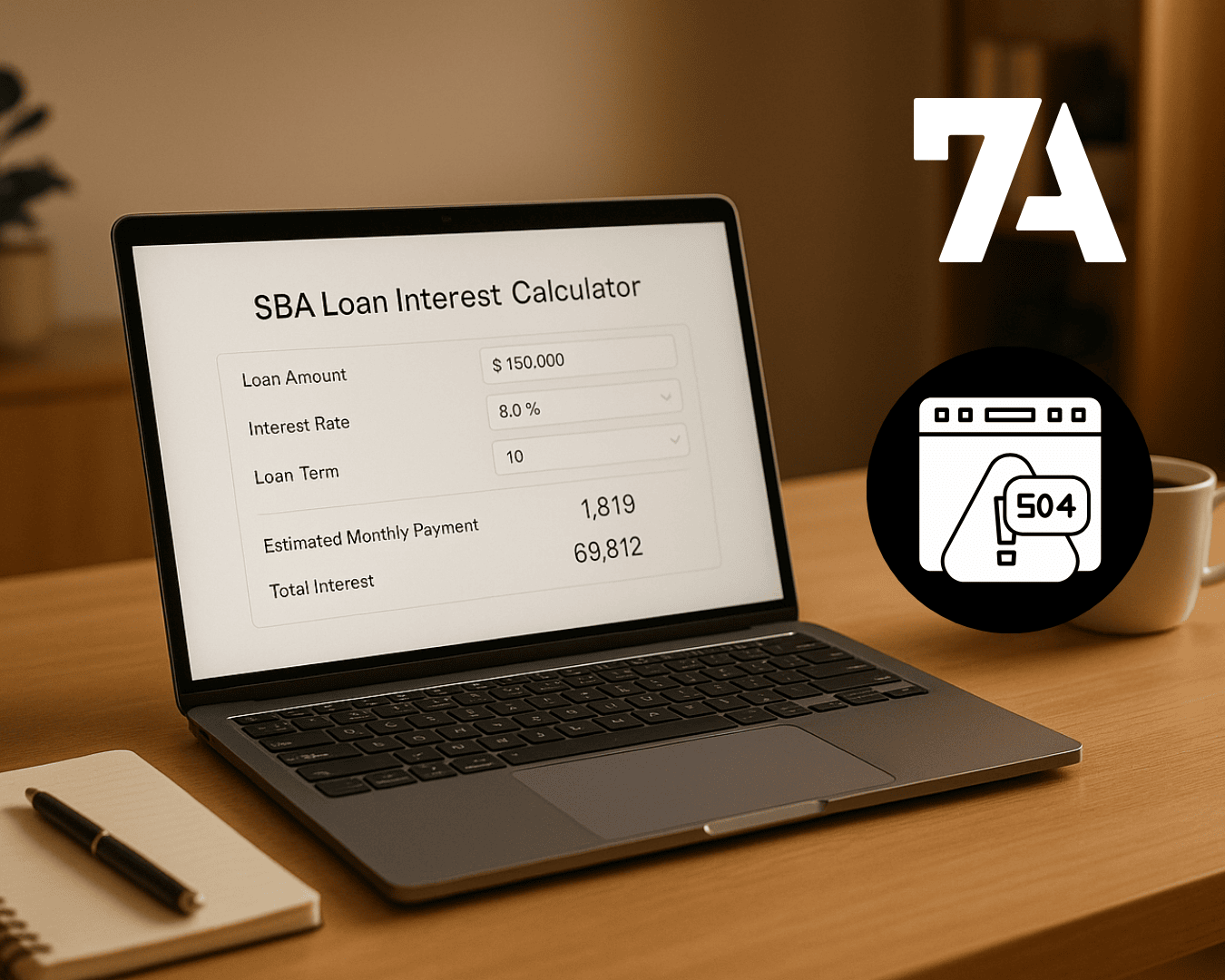







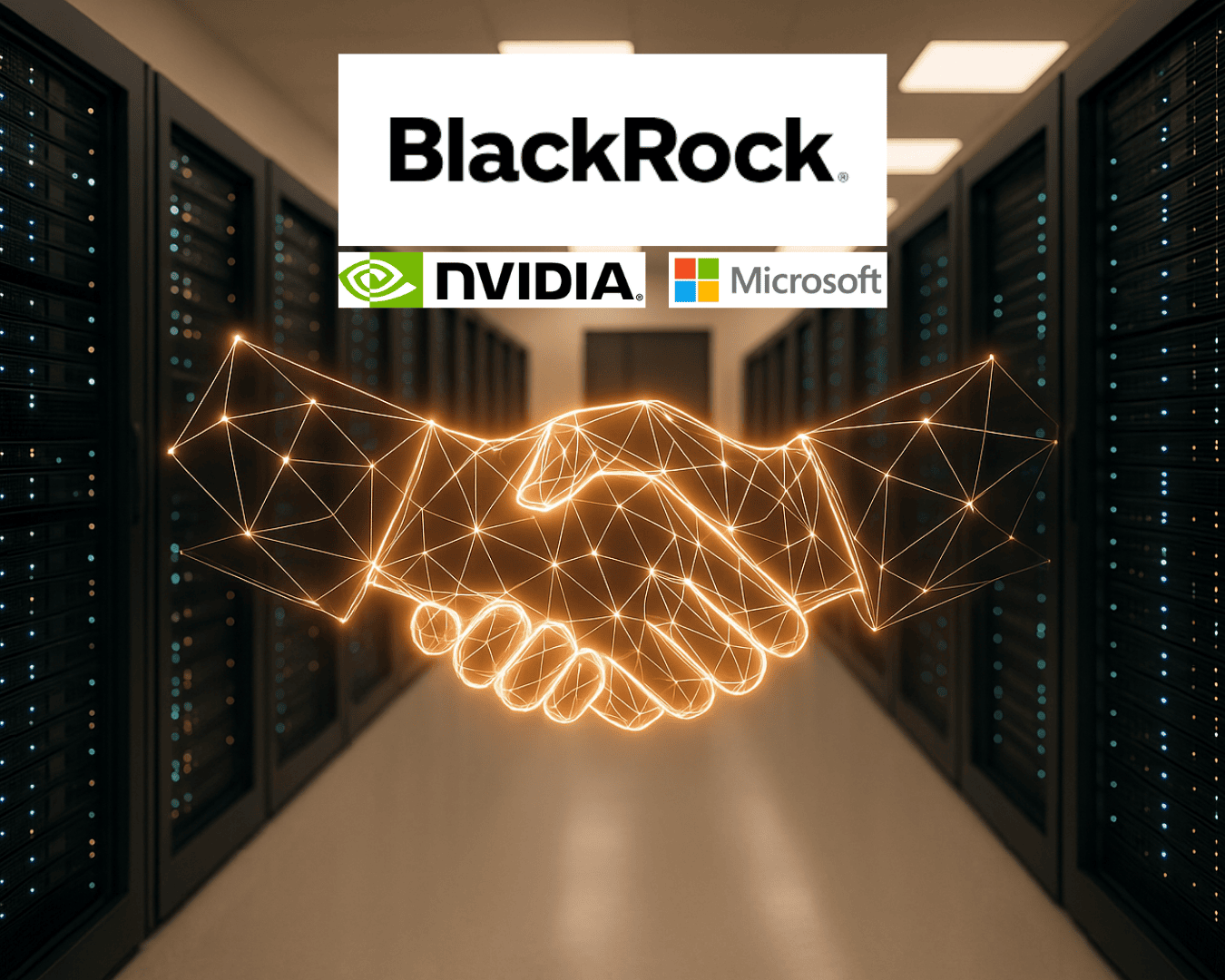
%20Loan%20Application%20Checklist.png)
